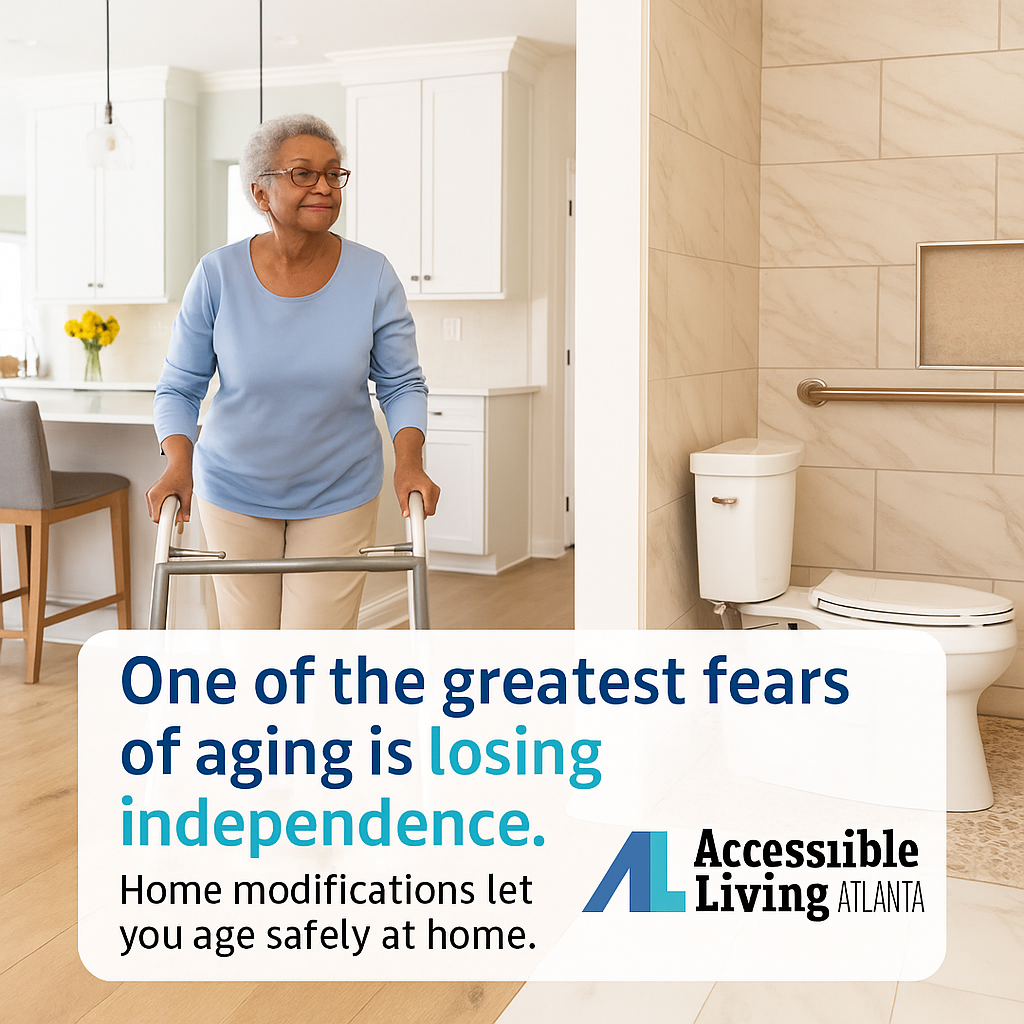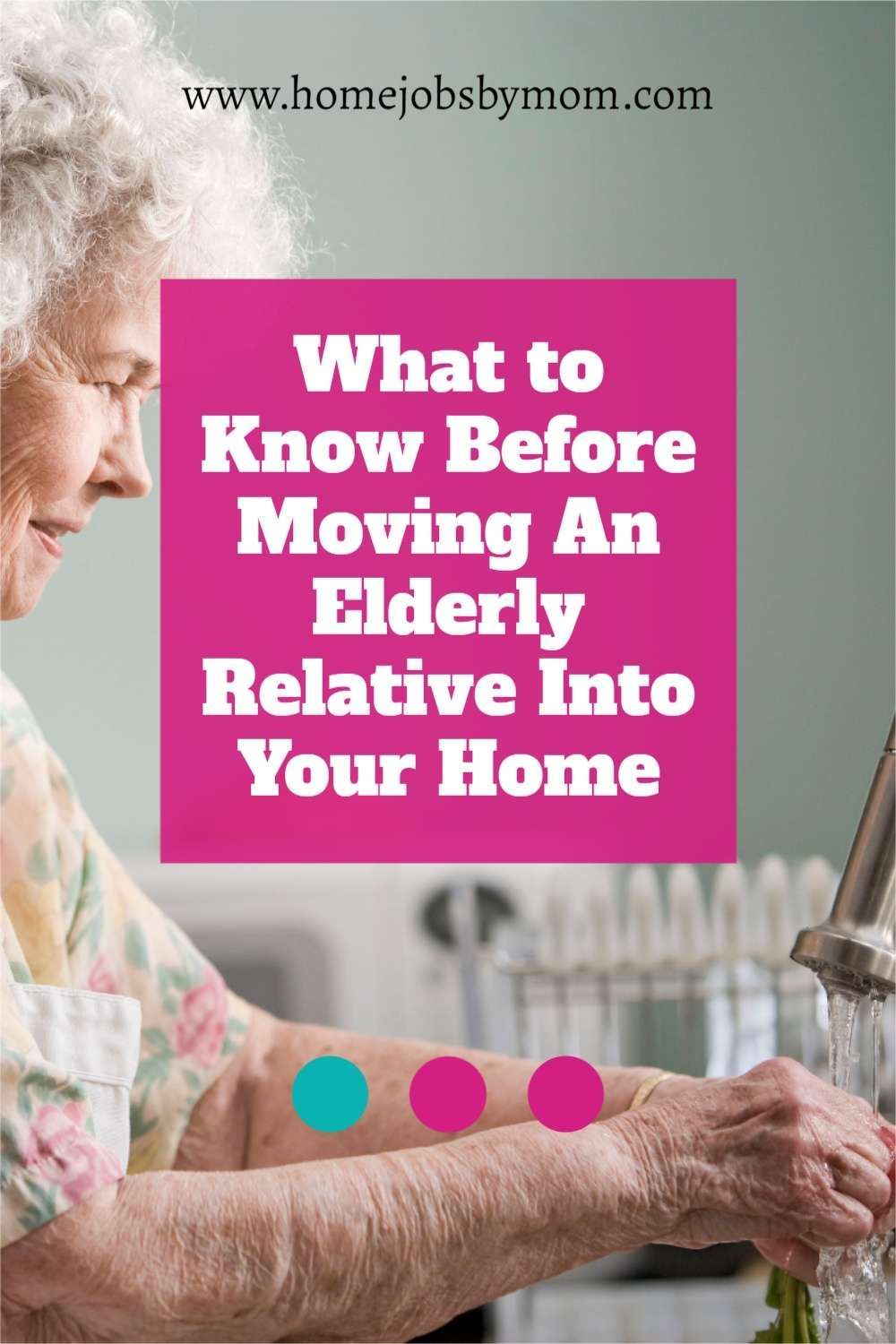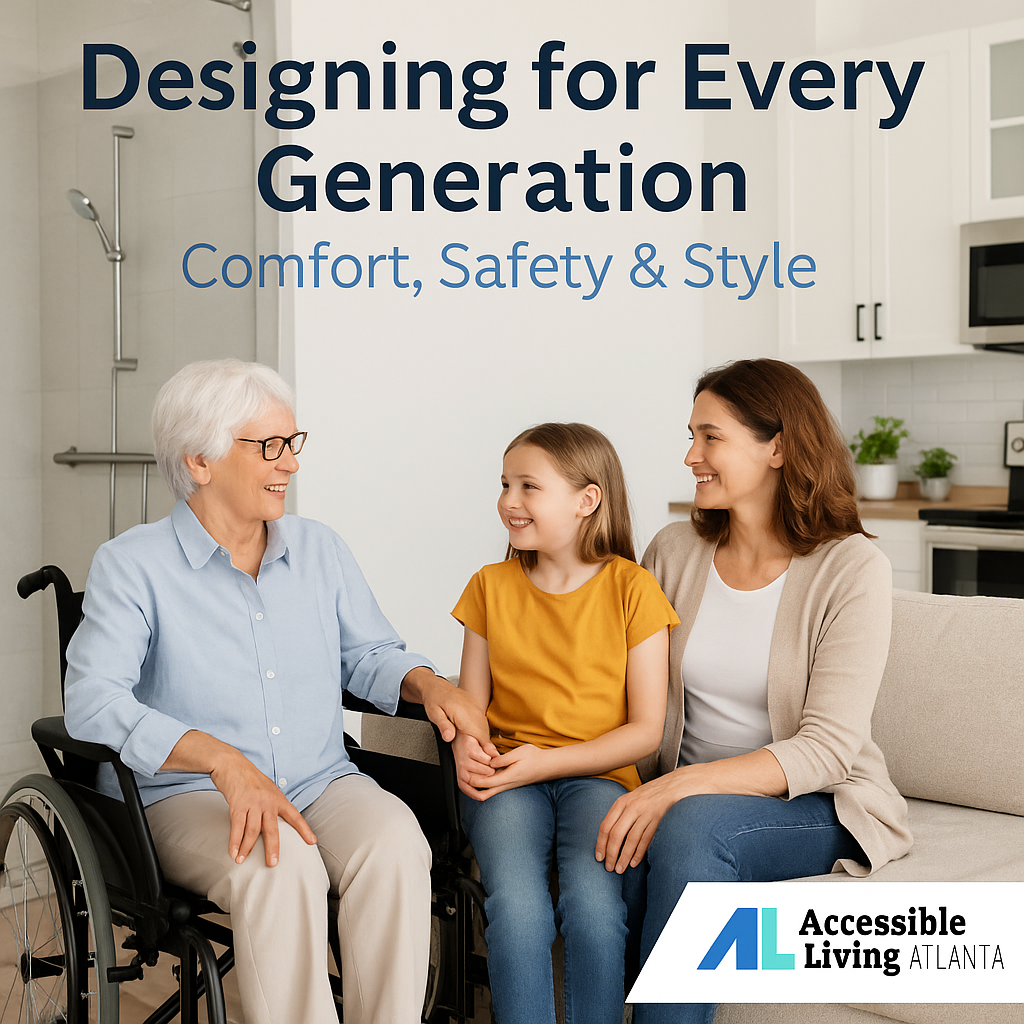Creating a Home Without Limits: How Home Modifications Support Wheelchair Users
Quick Reference: Wheelchair-Friendly Home Checklist
- Kitchen: Lower counters, pull-out shelves, side-opening ovens, reachable appliances
- Bathroom: Zero-threshold shower, grab bars, roll-under sink, non-slip floors
- Bedroom: Wide doorways, smooth floors, reachable closet storage, accessible switches/outlets
- Living Spaces: Open layouts, lever handles, reachable controls, clear sight lines
- Entrances: Ramps, lifts, widened doors, automatic openers
1. The Kitchen – Cooking Without Constraints
For many, the kitchen is the heart of the home. But for someone in a wheelchair, standard designs can make cooking, cleaning, and even reaching a cup from a cabinet difficult.
Some solutions we create include:
- Lowered countertops and sinks so work surfaces are within comfortable reach.
- Pull-out shelves and drawers to make every inch of storage usable without bending or straining.
- Side-opening ovens and accessible cooktops to improve safety and mobility.
- Strategically placed outlets and appliances so that using them doesn’t require stretching or risky movements.
A well-designed accessible kitchen keeps everything within reach, promotes independence, and allows wheelchair users to continue preparing meals with confidence.
2. The Bathroom – Safety Without Sacrifice
Bathrooms are often the most dangerous room in the home for someone with mobility challenges due to slippery floors, tight spaces, and hard surfaces.
We focus on:
- Zero-threshold showers that allow smooth, unobstructed entry, whether rolling in or transferring from a chair.
- Grab bars placed strategically for stability during transfers or standing.
- Roll-under sinks and vanities so grooming and handwashing can be done without strain.
- Non-slip flooring to prevent falls.
These changes not only make bathing and personal care safer, but also more private and comfortable.
3. The Bedroom – Rest Made Accessible
The bedroom should be a place to recharge, not a daily obstacle course.
Modifications can include:
- Wider doorways to accommodate wheelchairs without scraping knuckles or wheels.
- Smooth, continuous flooring for easy movement around the bed.
- Accessible closet systems with lower rods, shelves, and drawers.
- Positioning of light switches and outlets so they can be reached from bed or chair.
This ensures that getting ready for the day or settling in for the night is a smooth, stress-free process.
4. Living Spaces – Freedom to Move
Common areas like living rooms and dining rooms often have furniture or layouts that unintentionally block a wheelchair user’s path.
We design for:
- Open floor plans that allow free, comfortable movement.
- Lever-style handles instead of round knobs for easier door and cabinet operation.
- Lowered or reachable controls for lighting, blinds, and thermostats.
- Clear sight lines to make socializing and watching TV more enjoyable.
These adjustments keep living spaces both functional and welcoming.
5. Entrances – Coming and Going with Confidence
If the home’s entryway is a barrier, independence is instantly limited.
We provide solutions such as:
- Ramps designed for both safety and curb appeal.
- Vertical platform lifts for homes with higher entry points.
- Automatic door openers for hands-free access.
- Widened exterior doors to improve maneuverability.
Safe, secure entrances make leaving and returning home simple and dignified.
Beyond the Basics – Why Design Matters
It’s important to remember that accessibility doesn’t mean sacrificing beauty. At Accessible Living Atlanta, we balance function and aesthetics, ensuring that modifications blend seamlessly with your home’s style.
We also take the time to listen — to understand daily routines, personal preferences, and caregiver needs. Many of our projects are done in collaboration with occupational therapists, so every change is tailored to the person’s specific abilities and goals.
The Benefits at a Glance
- Independence: Navigate your home freely without relying on others for simple tasks.
- Safety: Reduce risks of falls, strains, and injuries.
- Convenience: Make everyday activities — from cooking to bathing — easier and more enjoyable.
- Peace of Mind: Families and caregivers know their loved one is in a safer environment.
- Longevity at Home: Stay in the place you love longer, without the need for costly relocation.
A Partner You Can Trust
With over two decades of experience and certifications in CAPS (Certified Aging-in-Place Specialist) and CEAC (Certified Environmental Access Consultant), our team at Accessible Living Atlanta has the expertise to transform any home into a wheelchair-friendly haven.
Your home should give you the freedom to live life on your terms — and we’re here to help make that possible.
Ready to get started?
Call Accessible Living Atlanta today for a personalized home assessment, and let’s talk about how we can make your home work with you.




